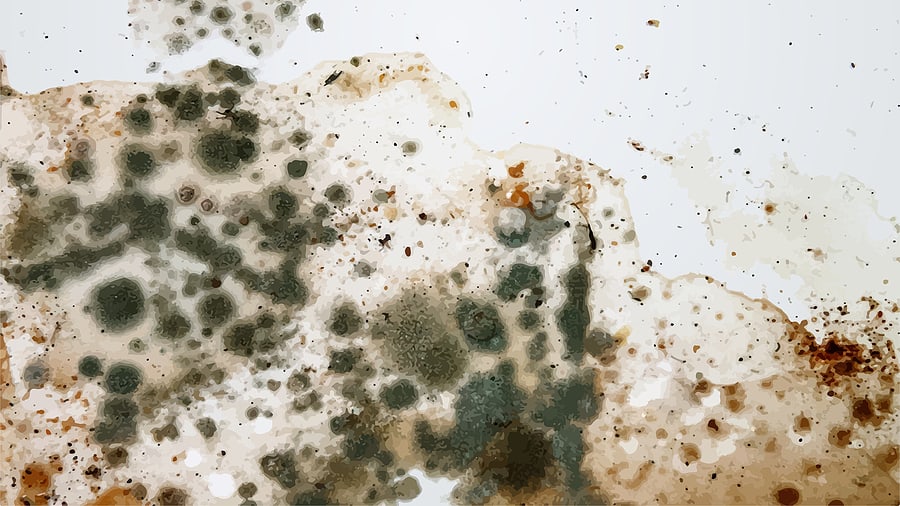Don’t Mess with Mold – Get It Checked!
You find some mold on your wall, and scrub it with some borax and a sponge. All good? No! If you can see the mold, it’s already been growing in your floors and drywall for ages..
Have it checked out – healthy people die from poisonous mold. Contact ERS today.
Don’t Mess with Mold – Get It Checked!
You find some mold on your wall, and scrub it with some borax and a sponge. All good? No! If you can see the mold, it’s already been growing in your floors and drywall for ages..
Have it checked out – healthy people die from poisonous mold. Contact ERS today.



How Does Mold Spread Throughout Your Property?

Mold is not often thought of as a significant threat for a building or the residents or employees. But mold, while not as flashy and visibly destructive as other threats like fire or flooding, is a major risk for any structure. Unlike fires and floods, molds don’t necessarily threaten the structural integrity of a building. However, once a mold infestation takes hold and spreads, it presents an equally dangerous threat as a disease delivery system to every person in the building.
But how does it work? Here’s what you need to know about the way mold operates in buildings.
It’s Already There
First, most people need to realize that mold is similar to germs or bacteria. There’s a 95%+ chance that mold of some kind is already in a residence, commercial, or industrial structure. There is a huge variety of germs and bacteria, some of which can make people sick, while others are beneficial. Mold is exactly the same.
For example, anyone who has ever let bread expire and get moldy proves that mold is already in a building. Mold comes in the form of tiny particles too small for the naked eye to see. Like pollen or dust, mold drifts through the air or settles on skin, clothing, or pets’ fur. So unless a building takes extraordinary quarantine precautions, with an airlock to thoroughly sanitize a person, odds are every time you open a door, a window, or just go outside and come back in, you’ve brought mold spores with you.
Why Mold Spreads
While it’s clear that mold spores are almost always present in any building, the critical element is environmental conditions. Mold spores will only take root and spread as an infestation if the environmental factors a particular type of mold requires are present. This is why bread mold only appears on old bread. Plastic surfaces, dining tables, and even other types of food don’t have a suitable environment. Only old bread has the ideal conditions that bread mold is looking for.
In the same way, different types of mold are searching for different conditions within a building before “taking root” and forming a colony or infestation. Many types of mold require low light conditions and moisture, similar to what would be found in a cave. This is why damp basements, attics with a leaky roof, or even wet drywall can sometimes play hose to the most toxic types of mold.
The Health Risks of Mold
If you’re unsure whether you have mold but would like an inspection and a strategy for mold removal, we can help. Emergency Restoration Specialists, Inc. has over 30 years of experience providing Milwaukee area restoration services.



